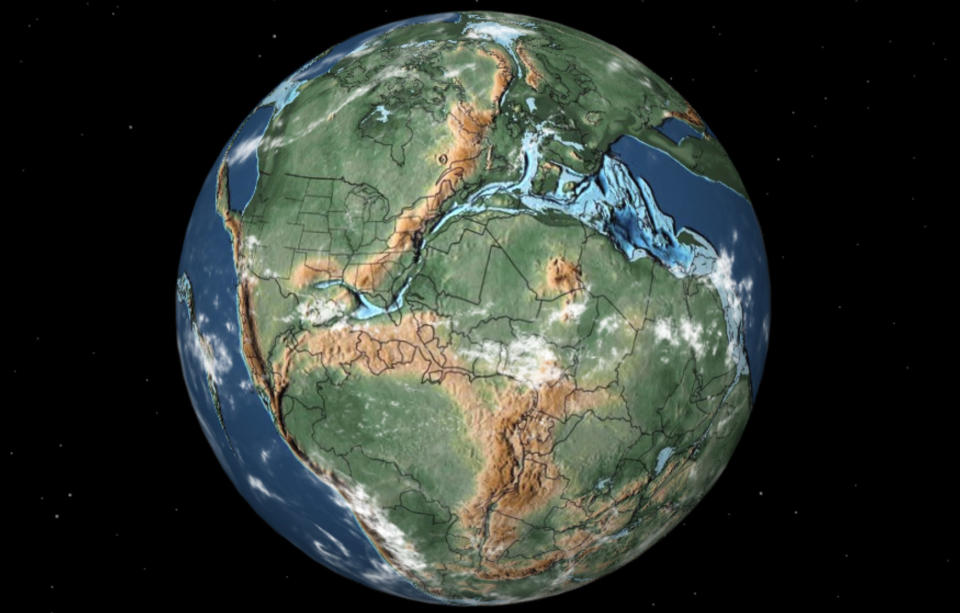Paleontologists found a new dinosaur species with tiny T. Rex arms

If you purchase an independently reviewed product or service through a link on our website, BGR may receive an affiliate commission.
Paleontologists have unearthed a new dinosaur species with tiny arms. The species, newly named Meraxes gigas, is a carnivorous species that would have gone extinct at the start of the Late Cretaceous period, roughly 90 to 95 million years ago.
Today's Top Deals
Hurry! Pick up AirPods Pro at the lowest price of 2022 before they sell out
What?! Apple's most affordable iPad has an extra discount for the first time in 2022
Scientists found a new dinosaur with tiny arms
Meet Meraxes gigas, the newest member of the carcharodontosaurid theropod radiation! Based on a well preserved skeleton, this giant carnivore was over 35 feet long and weighed around 9000 lbs. Published today in @CurrentBiology! Artwork (c) J. Gonzalez pic.twitter.com/zoqHGBLTQu
— Peter Makovicky (@PeteMakovicky) July 7, 2022
The paleontologists began digging in the area back in 2012 after Juan Ignacio Canale and his colleague found a sauropod fragment at the field site. The dig took around three months and required some jack hammering, but they later began to exhume new fossils from the area. While processing it all, Canale and his colleagues uncovered the new dinosaur with tiny arms.
But the study of this new dinosaur species is just beginning, Canale notes. There’s a lot that the team still needs to work on. They need to create detailed descriptions of the creature. Canale says they also need to complete a CT scan of the skull to look at its internal spaces.
Additionally, the dinosaur with its tiny arms raises even more questions. While similar to the T-rex and other species with tiny arms, it’s unclear what exactly the arms would have been used for. In the case of Meraxes gigas, the species actually features large bones in its arms. This, the paleontologists say, points towards the arms requiring large muscles, too.
A whole different world

The question of how dinosaurs with tiny arms used those arms has been plaguing scientists for decades. Even as we create new theories or ideas about what they would have been used for, it’s impossible to say for sure. To really prove that, we’d need to go back in time and experience the world they lived in for ourselves.
As I noted above, the Meraxes gigas would have gone extinct at the beginning of the Late Cretaceous. At that time, the location it was found near, El Chocon, Argentina, would have been hot and lush. In fact, it would have shared many similarities with Africa. South America would have been relatively close, too, with the Atlantic Ocean just beginning to form.
Perhaps the environment could have played some part in how the Meraxes gigas and other species of dinosaur with tiny arms evolved. Perhaps evolution called for the heads to be larger to account for more brute strength and cutting power within the beasts’ jaws. What we do know is that these tiny arms may look useless. But, they were anything but that.
All we have to do now is figure out what purpose they served so we can better understand these massive creatures that once ruled the Earth. A paper on the new species was published in Current Biology this month. Previous discoveries from paleontologists have uncovered complete dinosaur embryos, too.
More Top Deals

